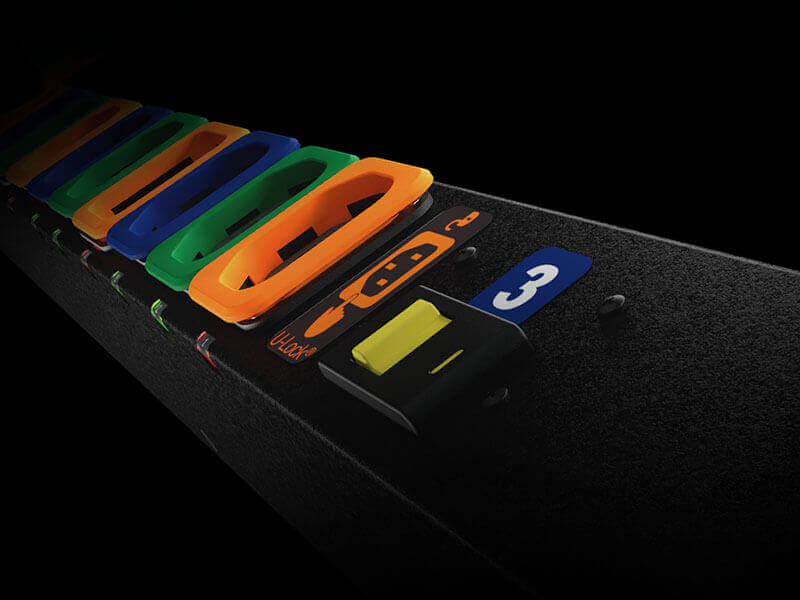Nearly 30 years ago the world wide web began taking the form of “the internet” as we know it today. The ability to instantly connect people and businesses globally became possible and simplified the way we conduct business and communicate. While it was considered groundbreaking back then, it is now a universal necessity for individuals and businesses alike.
Data centers take many different forms, but at the core they are responsible for processing, storing, and delivering information. With over 57 percent of the global population accessing the internet, the data center industry must continuously adapt to stay relevant and meet the continuously increasing consumer demands (Internet World Stats, 2019*). Consumers now expect extraordinarily fast connection speeds with the rise in global remote working and internet streaming services. That means more data centers, more IT equipment, and more power.
Global Reach
To ensure fast connection speeds, edge computing sites and data centers must be located close to the consumer. This requires companies like Google, Amazon, and Microsoft to have data centers regionally located around the globe. While this has significant advantages for delivering regional services, it complicates deployment as power configurations are not universally standard.
Today, a single Rack PDU (rPDU) model cannot be deployed in every data center location globally due to the different regional input power configurations. This is unlike other IT equipment in the data center. Servers and network equipment are designed to run with input power in the 100V to 240V range.
While the input power will vary based on region, the hardware itself remains the same which significantly reduces the complexity of selecting and deploying all over the world.
Behind the Times
The Rack Power Distribution industry has not adapted to this global strategy and it is apparent when you consider the number of rPDU models a global data center company could require. For example, a data center company with locations in 7 different countries with 7 different input power configurations would have to source 7 different rPDU models. If you add that to the varying power capacity needs or monitoring needs based on each rack or cabinet that number could double or even triple. Managing many rPDU models and coordinating which model goes into which data center is not only complicated but exhausting.
What if rPDUs could have the same power flexibility as IT equipment?
If an rPDU manufacturer could offer an rPDU platform with various mounting, receptacle and monitoring options capable of inputting any power configuration, it would change the face of rack power distribution forever. A data center could simply select a single rPDU model to deploy globally and purchase the appropriate input power cable to meet regional power needs. Not only would it simplify inventory management, but it would significantly reduce deployment time.
How would a universal Rack PDU help Global Data Center companies?
- Simplify Inventory Management
- Streamline Procurement
- Reduce Deployment Times
- Provide Power Input Flexibility
It is time rPDU manufacturers offer universal Rack PDUs.
*Source: Internet World Stats – www.internetworldstats.com/stats.htm



